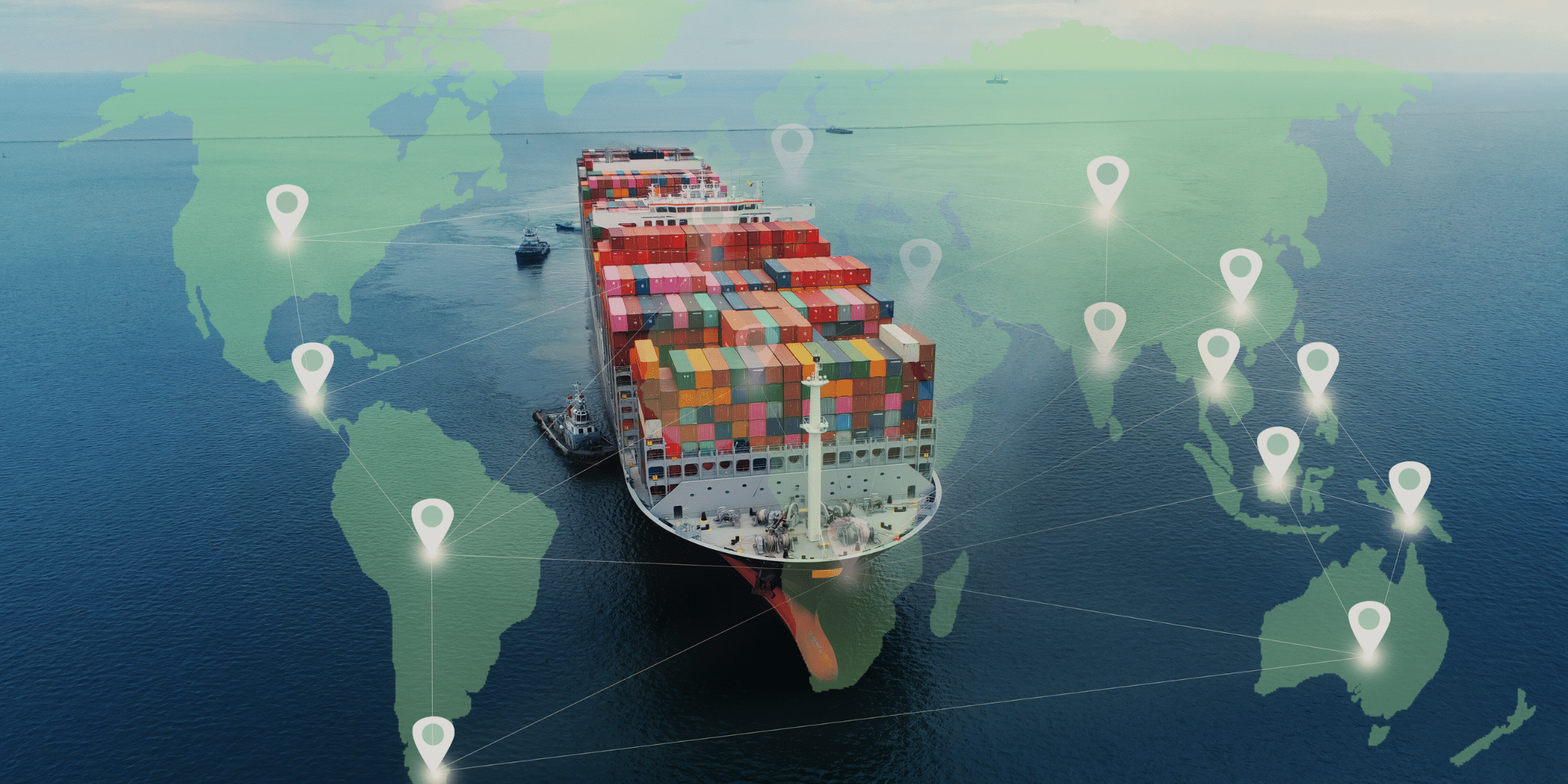The retail industry in 2025 is navigating one of the most volatile and complex operating environments in recent history. Tariff escalations, geopolitical unrest, and lingering supply chain vulnerabilities are forcing leaders across all verticals – from fashion and grocery to electronics and home improvement—to rethink their global strategies and prioritize long-term resilience over short-term gain.
The Tariff Tangle: Mounting Pressure on Global Imports
The U.S. government’s recent reinstatement and expansion of tariffs – ranging from a 10% blanket import tax to as high as 60% on select Chinese goods—has reignited inflationary pressures and shaken sourcing models across industries. Retailers who long relied on Chinese manufacturing for low-cost goods are now scrambling to reassess pricing, production, and go-to-market plans.
From electronics brands facing skyrocketing costs on semiconductors to grocers importing specialty goods, nearly every retail category is affected. Many are absorbing higher costs for now, while others are quietly raising prices, reducing SKU breadth, or leaning into private label alternatives.
Rethinking the Supply Chain: From Just-in-Time to Just-in-Case
COVID-19 exposed the fragility of global supply chains. Now, the combination of war, diplomatic instability, and climate-related disruptions has made “just-in-time” inventory practices feel obsolete.
Retailers are shifting toward a “just-in-case” model—diversifying sourcing, increasing onshore and nearshore inventory, and adding redundancy into logistics. Concepts like friendshoring – sourcing from geopolitical allies such as Vietnam, Mexico, and India—are gaining traction, especially in apparel, electronics, and CPG sectors.
Warehouse automation, port diversification, and freight route agility have become essential investments to weather the volatility of global trade.
Expanded: Strategies for Retail Resilience
As disruption becomes the norm, retailers are reengineering operations to withstand shocks and stay competitive. Resilience is no longer a defensive posture—it’s a proactive growth strategy. Here’s how leading retailers across verticals are building more durable, responsive, and future-ready supply chains:
1. Supply Chain Diversification & “Friendshoring”
Retailers are actively moving away from over-dependence on any single region—especially China. The rise of friendshoring means shifting manufacturing and sourcing to politically aligned nations like Mexico, India, Vietnam, and Eastern Europe.
Tactics include:
- Sourcing core products from multiple countries to prevent total disruption.
- Building regional supply hubs to reduce shipping timelines.
- Developing dual-source strategies for high-risk SKUs (e.g., sourcing batteries from both Southeast Asia and Eastern Europe).
2. Investment in Supply Chain Technology
Modern supply chains require visibility, flexibility, and speed—powered by advanced tech. Retailers are investing heavily in:
- AI-driven demand forecasting to prevent over- or under-ordering.
- Real-time inventory visibility across warehouses, stores, and third-party partners.
- IoT-enabled logistics that track product movement, cold-chain integrity, and port delays.
- Digital twins to simulate supply chain disruptions and optimize responses before they happen.
These systems reduce reliance on guesswork and allow for rapid adaptation to changing trade conditions.
3. Building Local & Regional Resilience
Domestic production is making a comeback. Retailers are exploring nearshoring and onshoring not just to reduce costs but to shorten lead times and control quality.
Examples:
- Apparel brands opening regional microfactories to enable fast fashion turnarounds.
- Grocers building direct relationships with local farms and CPG co-packers.
- Electronics and home goods retailers exploring U.S.-based assembly partnerships.
This localized approach also supports sustainability goals and reduces carbon emissions tied to long-haul shipping.
4. Scenario Planning & Cross-Functional Risk Teams
Disruption can come from tariffs, labor strikes, cyberattacks, pandemics, or war. Leading retailers are no longer reacting—they’re planning for multiple “what ifs.”
- Dedicated risk and continuity teams now include legal, compliance, procurement, and logistics experts.
- Companies are running “black swan” simulations to model responses to everything from Taiwan tensions to Panama Canal droughts.
- Regular supply chain audits are identifying weak links before they fail.
This cross-disciplinary approach ensures response strategies are aligned with legal compliance and brand reputation.
5. Strategic Stockpiling & Inventory Buffers
“Just-in-case” inventory is replacing “just-in-time” models in key categories—especially for seasonal goods or components with volatile pricing.
Retailers are:
- Pre-buying raw materials (e.g., cotton, electronics chips, packaging materials) during geopolitical lulls.
- Creating safety stock tiers in domestic warehouses to buffer against overseas disruption.
- Diversifying inventory locations to avoid bottlenecks at single ports or distribution centers.
6. Strengthening Supplier Relationships
Retailers are moving beyond transactional sourcing to strategic partnerships with key suppliers, contract manufacturers, and freight forwarders.
They’re:
- Collaborating on joint contingency plans.
- Sharing data to improve upstream forecasting.
- Co-investing in technology or capacity-building initiatives with suppliers.
- Prioritizing suppliers with robust ESG credentials to minimize ethical risk.
7. Customer-Facing Adaptations
Resilient retailers are also rethinking how they manage customer expectations when delays or cost changes happen.
Tactics include:
- Transparent communication around backorders or supply issues.
- Dynamic pricing models that reflect tariff-induced cost changes.
- Offering value-driven alternatives like private label or refurbished products.
- Enhancing BOPIS and curbside capabilities to maintain sales even with delayed replenishment.
8. Cybersecurity & Digital Risk Management
As supply chains digitize, they become vulnerable to cyber threats. Many retailers now treat cybersecurity as a core supply chain function.
- Zero-trust access policies for vendors and logistics partners.
- Backup systems for routing, WMS, and ERP to avoid ransomware shutdowns.
- Third-party risk assessments across the entire supplier ecosystem.
9. ESG & Regulatory Foresight
Sustainability is increasingly tied to resilience. Regulations like Europe’s CSRD and the U.S. Uyghur Forced Labor Prevention Act make it imperative to know where goods come from.
Retailers are:
- Mapping their entire supply chains for transparency.
- Avoiding high-risk regions with forced labor concerns.
- Proactively complying with future-focused legislation to avoid fines or reputational risk.
The Bottom Line:
In 2025, resilience is not a one-time fix—it’s a living strategy that touches every layer of retail. From sourcing and inventory to customer service and compliance, the smartest retailers are weaving adaptability into their DNA.
The question is no longer “How do we survive disruption?”
It’s “How do we thrive because of it?”


